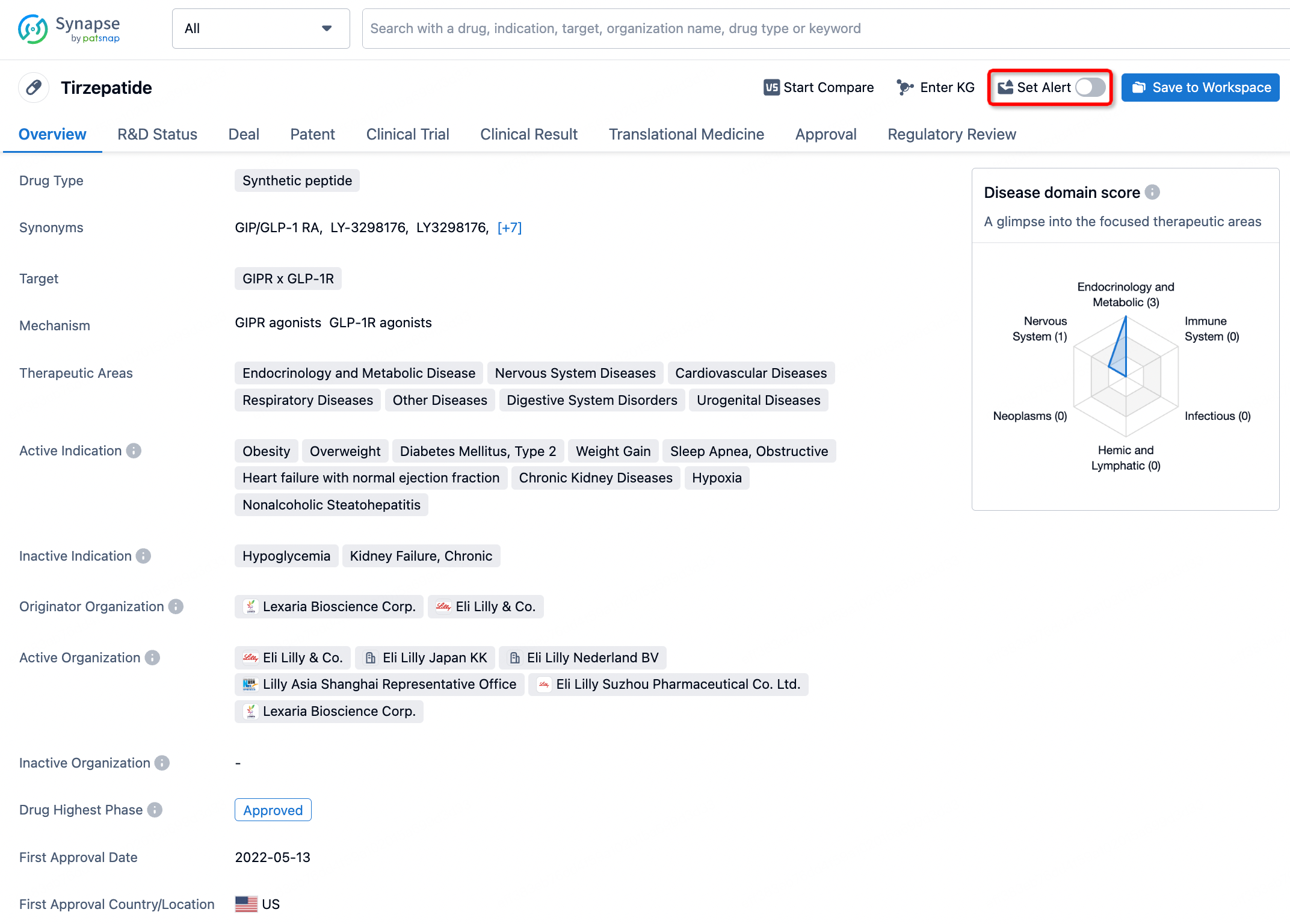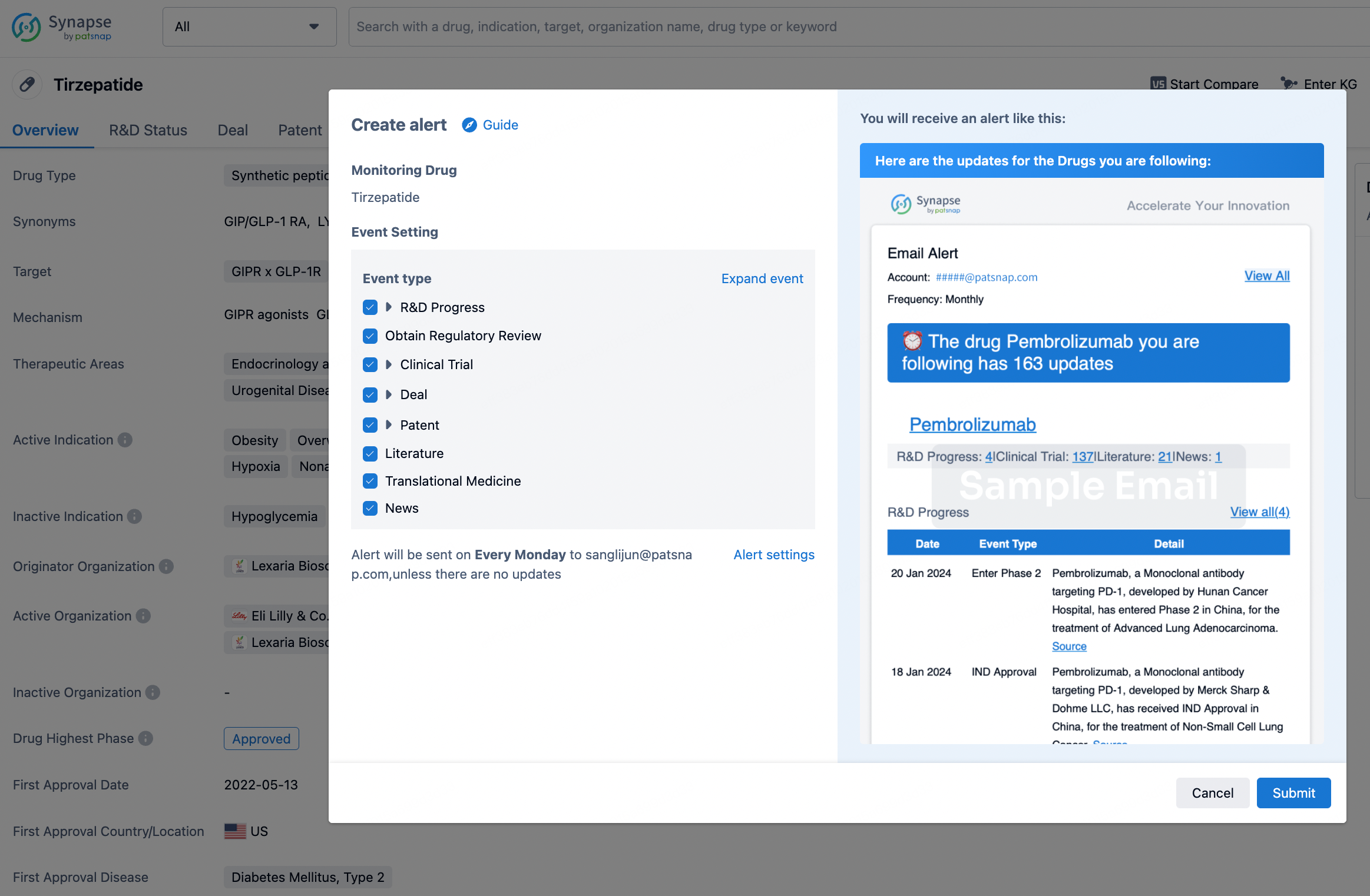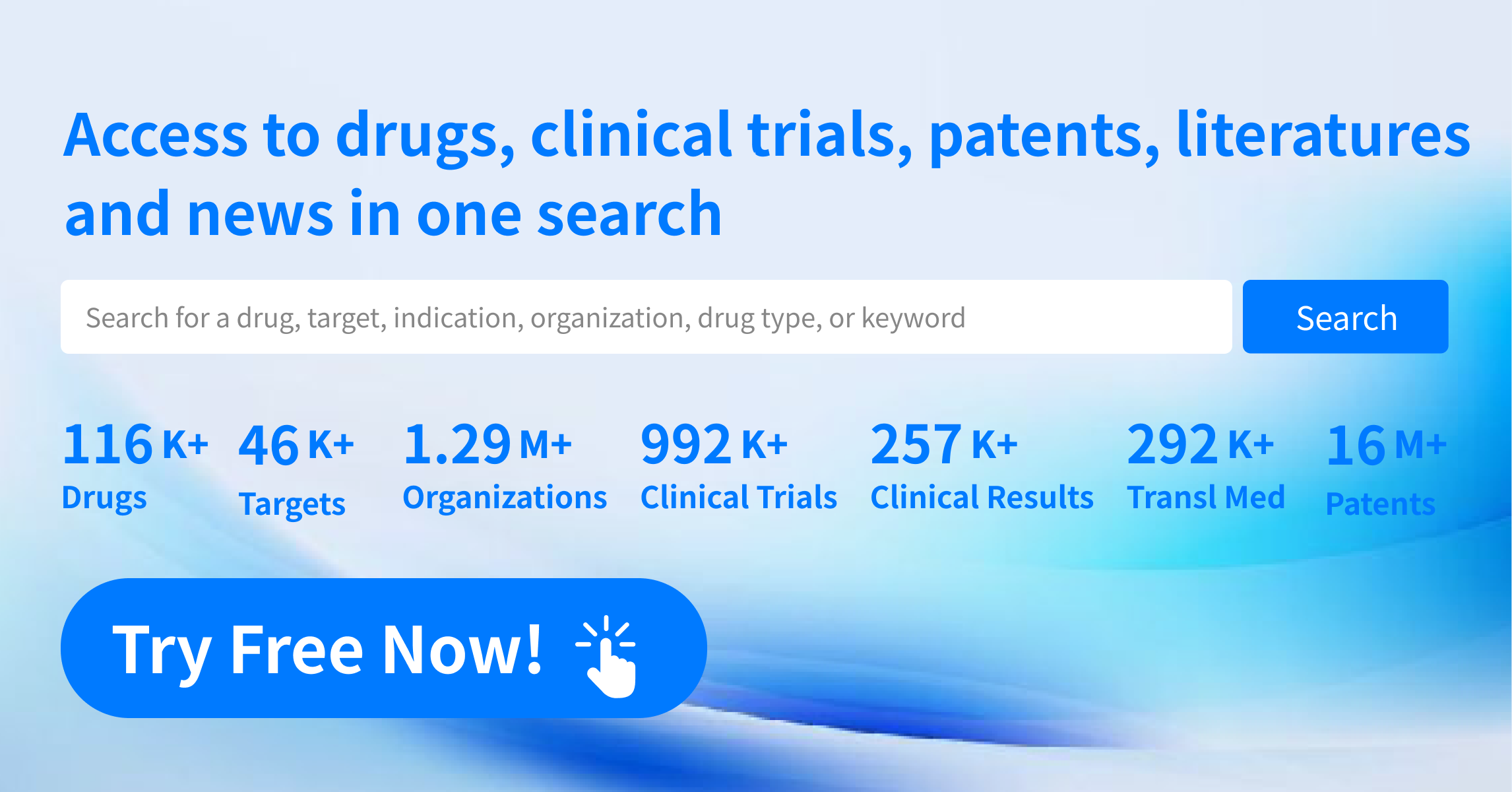Request Demo
What is the mechanism of Gabapentin?
17 July 2024
Gabapentin is a medication that is commonly prescribed for the treatment of neuropathic pain and as an adjunctive therapy for partial seizures. Understanding its mechanism of action provides valuable insight into how it alleviates symptoms and aids in managing these conditions.
First and foremost, gabapentin is structurally similar to the neurotransmitter gamma-aminobutyric acid (GABA), although it does not directly affect GABA receptors the way other GABA analogs, like benzodiazepines, do. Instead, gabapentin exerts its effects through multiple, more indirect pathways.
One of the primary mechanisms of gabapentin involves its interaction with voltage-gated calcium channels (VGCCs). Specifically, gabapentin binds to the alpha-2-delta subunit of these channels. VGCCs play a crucial role in the release of neurotransmitters by regulating calcium influx into neurons. By binding to the alpha-2-delta subunit, gabapentin reduces the release of excitatory neurotransmitters such as glutamate, norepinephrine, and substance P. This reduction in neurotransmitter release helps to dampen neuronal excitability and, consequently, alleviate neuropathic pain.
In addition to its effects on VGCCs, gabapentin is believed to influence the synthesis and release of GABA. Research suggests that gabapentin may increase the concentration of GABA in certain brain regions, indirectly enhancing inhibitory neurotransmission. This increase in inhibitory tone can contribute to its antiepileptic properties.
Gabapentin also exhibits effects on other ion channels and receptors. For instance, it is known to interact with NMDA receptors, though the exact implications of this interaction are still being studied. Additionally, gabapentin may modulate the activity of various enzymes involved in the metabolism of neurotransmitters, further contributing to its multifaceted action.
Pharmacokinetically, gabapentin has a unique absorption profile. It is absorbed in the small intestine via the L-amino acid transporter, and its bioavailability decreases with higher doses due to a saturable transport mechanism. Gabapentin is not significantly metabolized in the liver and is excreted unchanged via the kidneys. This renal excretion profile makes it a relatively safe option for patients with hepatic impairment.
Clinically, the diverse mechanisms of gabapentin translate into its efficacy in a variety of conditions. It is particularly effective in treating conditions characterized by heightened neuronal excitability, such as neuropathic pain and epilepsy. Moreover, its relatively favorable side effect profile makes it a well-tolerated option for long-term use in many patients.
In conclusion, the mechanism of gabapentin is multifaceted, involving its interaction with VGCCs, modulation of GABA synthesis and release, and potential effects on other neurotransmitter systems and receptors. These actions collectively help reduce neuronal excitability and relieve symptoms associated with neuropathic pain and partial seizures. The drug's unique pharmacokinetic properties further enhance its clinical utility, making it a valuable tool in the management of these conditions.
First and foremost, gabapentin is structurally similar to the neurotransmitter gamma-aminobutyric acid (GABA), although it does not directly affect GABA receptors the way other GABA analogs, like benzodiazepines, do. Instead, gabapentin exerts its effects through multiple, more indirect pathways.
One of the primary mechanisms of gabapentin involves its interaction with voltage-gated calcium channels (VGCCs). Specifically, gabapentin binds to the alpha-2-delta subunit of these channels. VGCCs play a crucial role in the release of neurotransmitters by regulating calcium influx into neurons. By binding to the alpha-2-delta subunit, gabapentin reduces the release of excitatory neurotransmitters such as glutamate, norepinephrine, and substance P. This reduction in neurotransmitter release helps to dampen neuronal excitability and, consequently, alleviate neuropathic pain.
In addition to its effects on VGCCs, gabapentin is believed to influence the synthesis and release of GABA. Research suggests that gabapentin may increase the concentration of GABA in certain brain regions, indirectly enhancing inhibitory neurotransmission. This increase in inhibitory tone can contribute to its antiepileptic properties.
Gabapentin also exhibits effects on other ion channels and receptors. For instance, it is known to interact with NMDA receptors, though the exact implications of this interaction are still being studied. Additionally, gabapentin may modulate the activity of various enzymes involved in the metabolism of neurotransmitters, further contributing to its multifaceted action.
Pharmacokinetically, gabapentin has a unique absorption profile. It is absorbed in the small intestine via the L-amino acid transporter, and its bioavailability decreases with higher doses due to a saturable transport mechanism. Gabapentin is not significantly metabolized in the liver and is excreted unchanged via the kidneys. This renal excretion profile makes it a relatively safe option for patients with hepatic impairment.
Clinically, the diverse mechanisms of gabapentin translate into its efficacy in a variety of conditions. It is particularly effective in treating conditions characterized by heightened neuronal excitability, such as neuropathic pain and epilepsy. Moreover, its relatively favorable side effect profile makes it a well-tolerated option for long-term use in many patients.
In conclusion, the mechanism of gabapentin is multifaceted, involving its interaction with VGCCs, modulation of GABA synthesis and release, and potential effects on other neurotransmitter systems and receptors. These actions collectively help reduce neuronal excitability and relieve symptoms associated with neuropathic pain and partial seizures. The drug's unique pharmacokinetic properties further enhance its clinical utility, making it a valuable tool in the management of these conditions.
How to obtain the latest development progress of all drugs?
In the Synapse database, you can stay updated on the latest research and development advances of all drugs. This service is accessible anytime and anywhere, with updates available daily or weekly. Use the "Set Alert" function to stay informed. Click on the image below to embark on a brand new journey of drug discovery!
AI Agents Built for Biopharma Breakthroughs
Accelerate discovery. Empower decisions. Transform outcomes.
Get started for free today!
Accelerate Strategic R&D decision making with Synapse, PatSnap’s AI-powered Connected Innovation Intelligence Platform Built for Life Sciences Professionals.
Start your data trial now!
Synapse data is also accessible to external entities via APIs or data packages. Empower better decisions with the latest in pharmaceutical intelligence.


